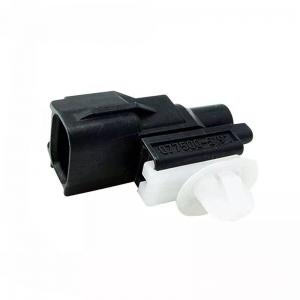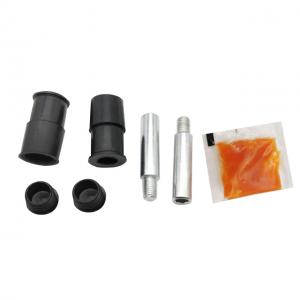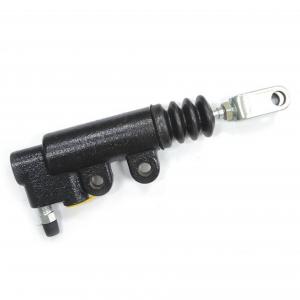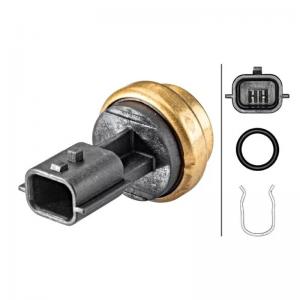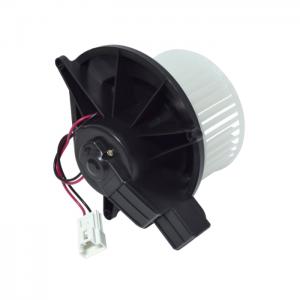Lambda sensor
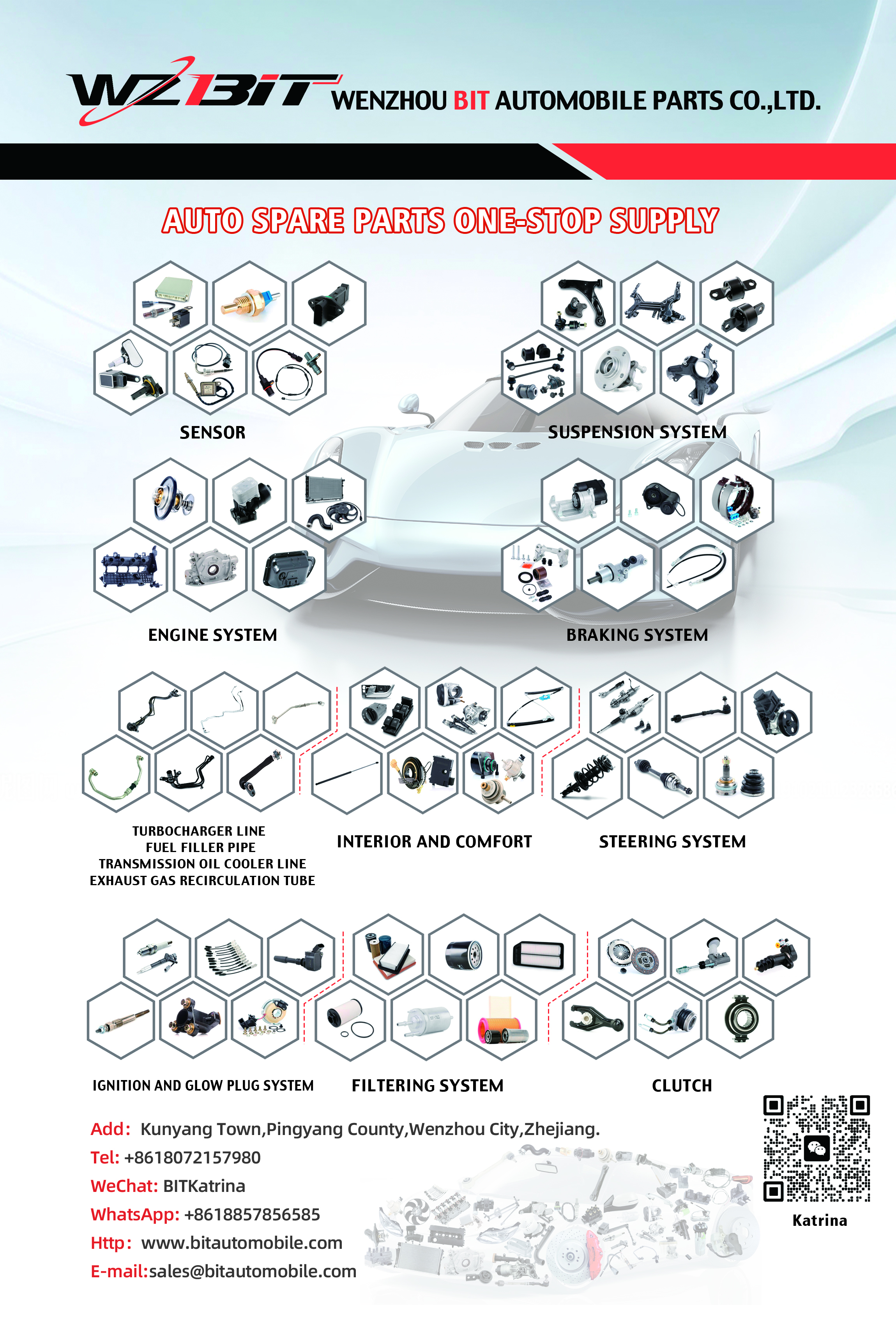
A lambda sensor, also known as an oxygen sensor or O2 sensor, is a crucial component in modern automotive engines that measures the amount of oxygen in the exhaust gases.

OE Number
55201610
68142340AA
55219791
552011610
51774422
BS519G444BA
55202416
1754236
517744220
1558873
52219791
9S519G444AA
55184545
287154209932
Compatible Applications
ALFA ROMEO MITO (955) (2008/09 - /)
ALFA ROMEO GIULIETTA (940) (2010/04 - /)
CHRYSLER YPSILON (2011/05 - /)
CHRYSLER DELTA (2011/08 - /)
FIAT 500 (312) (2007/10 - /)
FIAT PUNTO EVO (199) (2008/07 - /)
FIAT 500 C (312) (2009/09 - /)
LANCIA DELTA III (844) (2008/08 - /)
LANCIA YPSILON (312, 846) (2011/05 - /)
Function
The primary function of a lambda sensor is to monitor the oxygen content in the exhaust gases after they exit the combustion chamber. This information is used by the engine control unit (ECU) to adjust the air-fuel mixture entering the engine. The goal is to achieve an optimal air-fuel ratio (typically around 14.7:1 for gasoline engines) for efficient combustion and to reduce harmful emissions.
Construction
Lambda sensors are typically located in the exhaust system, either near the exhaust manifold (upstream sensor) or after the catalytic converter (downstream sensor). They consist of a ceramic sensing element coated with platinum and zirconium oxide. This element generates a voltage signal based on the oxygen content in the exhaust gases.
Types of Lambda Sensors
1. Narrow-band Sensors: These are the most common type and operate within a limited voltage range, typically indicating whether the air-fuel mixture is rich (more fuel, less oxygen) or lean (less fuel, more oxygen). They are primarily used for basic air-fuel ratio control.
2. Wide-band Sensors: Also known as air-fuel ratio (AFR) sensors, these sensors provide more precise and detailed information about the air-fuel ratio across a wider range. They are often used in more advanced engine management systems for optimizing performance and emissions.
Importance
Lambda sensors play a critical role in:
- Emissions Control: By continuously adjusting the air-fuel mixture based on oxygen sensor feedback, vehicles can reduce harmful emissions such as nitrogen oxides (NOx), carbon monoxide (CO), and hydrocarbons (HC).
- Fuel Efficiency: Optimizing the air-fuel ratio improves fuel efficiency by ensuring that the engine burns fuel as efficiently as possible.
Maintenance
Lambda sensors are exposed to high temperatures and exhaust gases, which can lead to sensor degradation over time. Symptoms of a failing lambda sensor include:
- Check Engine Light: Illuminated due to sensor malfunction or out-of-range readings.
- Poor Fuel Economy: An incorrect air-fuel mixture can lead to decreased fuel efficiency.
- Increased Emissions: Failed lambda sensors can cause higher emissions levels during vehicle emissions testing.
Replacement
Lambda sensors should be replaced according to manufacturer recommendations or if diagnostic tests indicate sensor failure. Replacement involves locating the sensor in the exhaust system, disconnecting electrical connectors, removing the old sensor, and installing a new sensor. Proper installation is crucial to ensure accurate readings and optimal engine performance.
In summary
lambda sensors are essential components in modern engine management systems, providing real-time feedback on exhaust gas composition to optimize fuel efficiency and reduce emissions. Regular maintenance and timely replacement of lambda sensors are key to ensuring optimal vehicle performance and compliance with emission standards.
Send your message to us:






